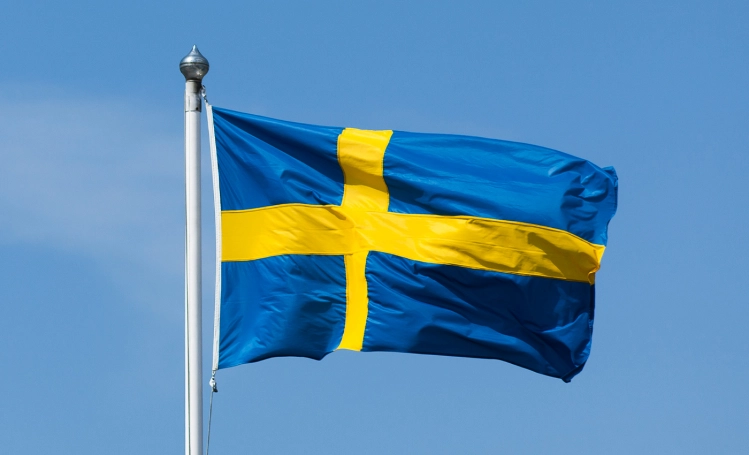By: Christian Haag
February 23 2023

There is no evidence of a collision with a submarine or an explosion. Investigations are ongoing.
Context
A video posted to Facebook in 2020 has recently been uploaded to TikTok and gone viral. In the video, conspiracy theorist Anders Sydborg talks about the cruise ferry M/S Estonia which sank on September 28, 1994, in the Baltic Sea en route to Stockholm, Sweden, from Tallinn, Estonia. Only 137 people survived, and 852 people lost their lives.
In the video, Sydborg claims that Estonia was hit by a submarine, which caused a large hole in the hull, and sank the ship. He calls it the biggest mass murder in Swedish history and blames leading Swedish politicians for covering up the story, just as they have covered up the dangers and health risks of radiation from telecom equipment and vaccines. He also mentions a plan to enslave the Swedish people. However, the claim is false.
In Fact
After Estonia sank, Swedish, Finnish, and Estonian authorities formed a Joint Accident Investigations Commission (JAIC) to investigate the catastrophe after agreement by the country's respective prime ministers. The report was published in 1997 and concluded that the ship was not seaworthy and sank because the bow visor was torn off in heavy seas. This opened the bow ramp, allowing seawater to flood the car deck and the rest of the ship.
A much-criticized documentary series broadcast by the Discovery Channel in 2020 revealed previously unknown holes in the hull of Estonia. Since its sinking, the wreck has turned about 13 degrees, making the holes more visible. The film fueled multiple conspiracy theories and sparked a new investigation by Estonian, Swedish, and Finnish authorities. The purpose of the investigation was to reevaluate the conclusions drawn in 1997 in light of new information.
Since then, several investigations have taken place. In 2021, the Department of Geological Sciences at Stockholm University mapped out Estonia's position on the seafloor, the seafloor's topography, and the geology of the wreck site. This investigation found, among other things, that outcropped bedrock on the sea floor, most likely made of granite, aligned with the ship and the holes in the hull. During the summer of 2022, photo documentation was carried out with the help of Ocean Discovery AB, an underwater 3D scanning company, which used photogrammetry technology and an ROV diving robot that took high-resolution images. It resulted in approximately 45,000 photographs from which a publicly available 3D rendition of the ship was created.
On January 23, 2023, an intermediate report was published on the new investigation of Estonia. The report concluded that the holes and deformation of the hull match the bedrock cropping out from the sea bottom and states that more holes were found on the starboard side, port side, and stern. Thus, the holes were most likely formed upon impact with the seafloor. Based on the evidence gathered so far, there is no indication of any collision, such as a submarine, nor explosion in the bow area. Jutta Rabe and Henning Witte made claims about explosions during the 1990 and the beginning of the 2000s. The results from the intermediate report still hold the same conclusions as those made in 1997.
Logically has previously debunked false claims made by Anders Sydborg and the channel that uploaded the video to TikTok.
The Verdict
Based on the conclusion of recent studies and commission reports, there is no evidence that Estonia sank due to a collision with a submarine or an explosion. Thus, we have marked this claim as false.